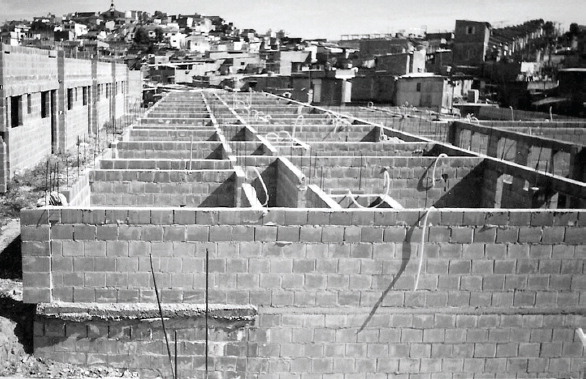
In 1976, Brazilian architect Erminia Maricato referred to the informal practice of autoconstruction as a “possible architecture,” because its typologies changed depending on social experience and rapid urbanization.1 That same year, as cities became increasingly built informally, the United Nations promoted “assisted self-help” as an economical way to mitigate Latin America’s surging housing crisis by merging formal and informal construction processes. The allure of this alignment owes in part to fieldwork undertaken by a cohort of interdisciplinary scholars and practitioners, who argued that if informal environments built through autoconstruction were permitted to change they would improve, and eventually graft onto the formal city.2
Continue Reading:
Endnotes:






